(April 17, 2023) Artist, art collector, design connoisseur, writer and philanthropist: Shalini Passi is a woman of many talents. Shalini is the founder of MASH, a digital platform at intersection of architecture, art, craft, design, and fashion in an accessible and engaging format to support emerging young artists. That apart, she also writes for leading lifestyle magazines like Travel+Leisure and Conde Nast Traveller.
Shalini’s love for art began young, given her family’s legacy in the construction business. The rare works of art that adorn the floors, walls and ceilings of her 20,000 square-foot residence in Golf Links, New Delhi, bear testament to her passion.

“I enjoy observing and exploring different aspects of art and design. I believe that designs, architecture and shapes influence our lives and vice versa. It impacts our lifestyle,” smiles Shalini Passi, artist, art and design collector, writer, fashion patroness and philanthropist, in an exclusive conversation with Global Indian. Travel, she says, has been her way of familiarising herself with the changing landscapes of art, design, and fashion. “I travel around the world to cover international art fairs and various other art events and biennales for MASH (Her digital platform) and the travel magazines I write for,” informs the globetrotter. In recent years, her work-related projects have taken her to Turkey, France, Germany, UK, USA, Bhutan, and China.
The family legacy
Growing up, Shalini would spend hours exploring the offices of her father, grandfather and uncle, observing the blueprints of buildings designed by leading architects like Raj Rewal. “They were the architects who built Palika bazar, the D.D. building and The Vayu Bhawan amongst other distinguished buildings in Delhi,” says Shalini, whose great grandfather came to Delhi from Pakistan and set up the Arya Samaj Mandir on Pusa Road. “I was fascinated by the process of construction, and how the actual plan came alive in real time and space and how powerful the vision of an architect was,” says Shalini, who is also the Creative Director for Pasco group of companies and has been involved in the designing of the showrooms. Her husband, Sanjay Passi, is the managing director of the Pasco group.
Born and raised in New Delhi, Shalini studied at Modern School Barakhamba Road. “My school day memories are filled with attending classes of art, painting, dancing, singing and theatre, learning how different forms of creative expressions are connected to each other,” recalls Shalini, who participated in the state-level diving competitions and gymnastics alongside long-distance or endurance running.
In those days, she also trained as a dancer. “The rhythm in dance helped me understand painting and colours better,” says the artist. She took to painting different mudras and dance costumes, intricately delineating every fold, trying to capture the dynamism of dance on the static canvas.

She credits her teacher Bishambar Khanna, who was an enamellist in Modern School, for being instrumental in her growth as an artist. “He taught me the importance of observation and the role it plays in art. Compete with yourself, is what he told me,” says Shalini, who pursued her Bachelor of Arts from Jesus and Mary College in Delhi.
Architecture to collecting art
Shalini wanted to be an architect for the longest time, but her skills in mathematics could not match the course requirements, so that was something that never happened. “Powerful architecture has played an important role in developing my aesthetics and as a result I also started reading about design,” says Shalini, who has extensively read about different types of architectural movements, deciphering the aspects of furniture design belonging to different eras and movements like Renaissance, Baroque architecture, Neoclassical, Bauhaus and Mid-century modern.
View this post on Instagram
In the ’80s, she began collecting artworks for her home. “My process of collecting begins with reading and understanding the views and concepts used by an artist. I usually try to visit the studio and like to collect the works of the artists, which inspire my philosophies and vision of life and art,” explains the art aficionado, whose collection is an eclectic mix, including sculptures, paintings, installations, video art and centuries-old pieces of furniture collected from around the world, each chosen after thorough study and research.
At the forefront of contemporary Indian art
Shalini fondly recalls her association with prolific artist MF Husain. “He designed my wedding cards. He created four cards with different compositions full of vivid forms and colours. Those cards are embedded with a personal memory that speaks to me on a sublime level,” smiles Shalini, who has been a patron of the Kochi-Muziris Biennale.

She also possesses the personal collection of furniture and art that once belonged to contemporary artist Bharati Kher and renowned sculptor Mrinalini Mukherjee. She says Bharati worked on the four panels titled ‘Untitled’, where she employed bindis – a traditional symbol of femininity and domesticity in Indian culture – as a motif of abstraction. “Observing the overarching themes of abstraction come to fruition was a perfectly sublime experience,” shares Shalini, who has also hosted a dinner in honour of Christie’s UK Chairman Viscount Linley.
Referring to Mrinalini Mukherjee, Shalini says her visual endeavours have shaped the vocabulary of modern Indian modern art in multitudes of ways. She loaned her personal collection of Mrinalini’s works to Frieze London 2019 for their solo booth exhibit featuring international artists who have worked with the mediums of tapestry and textiles. “Her work has held a special place in my collection,” she says. Shalini’s art collection also includes works by Indian contemporary artists including Riyas Komu, Anita Dube, Zarina Hashmi, Subodh Gupta and Atul Dodiya as well as international artists including Jeff Koobs, Damien Hirst and Vladimir Kagan.
View this post on Instagram
Through MASH, Shalini aims to provide a platform that will act as a “catalyst for recognising young talent and individuality, and simultaneously, to expand the conventional canon of contemporary art,” says Shalini. As a member of the Advisory Board of Khoj, the not-for-profit contemporary arts organisation based in Delhi, she works to facilitate and support the development of experimental contemporary art practice in India and South Asia. She supports and donates to “The Delhi Society for the Welfare of Special Children” as well.
Philanthropy
Shalini, her husband Sanjay and their son support several religious, cultural and healthcare institutions, which they usually keep away from limelight. “We believe in the philosophy of gupt daan, and always try to support initiatives that are for the betterment of society as a whole,” says Shalini. Whenever the family travels to a religious institution, they try to support organisations, initiatives, and schools around that area to support education, healthcare infrastructure and provide aid to the people in the region.
Since 2010, she has been actively involved in educating underprivileged children in Delhi, through a series of workshops that provide opportunities for them to learn about the arts and crafts with skilled individuals.
Above all, Shalini enjoys travelling and exploring different cultures. “I visit various religious places including temples, mosques and churches in India and abroad. I like to research the hidden pieces of heritage and art as well as exploring the adventures of skiing, scuba-diving, and hiking as well,” she says. When not working, she likes to read books about design, art, architecture and fashion besides learning Bharatanatyam, Katha and Salsa.

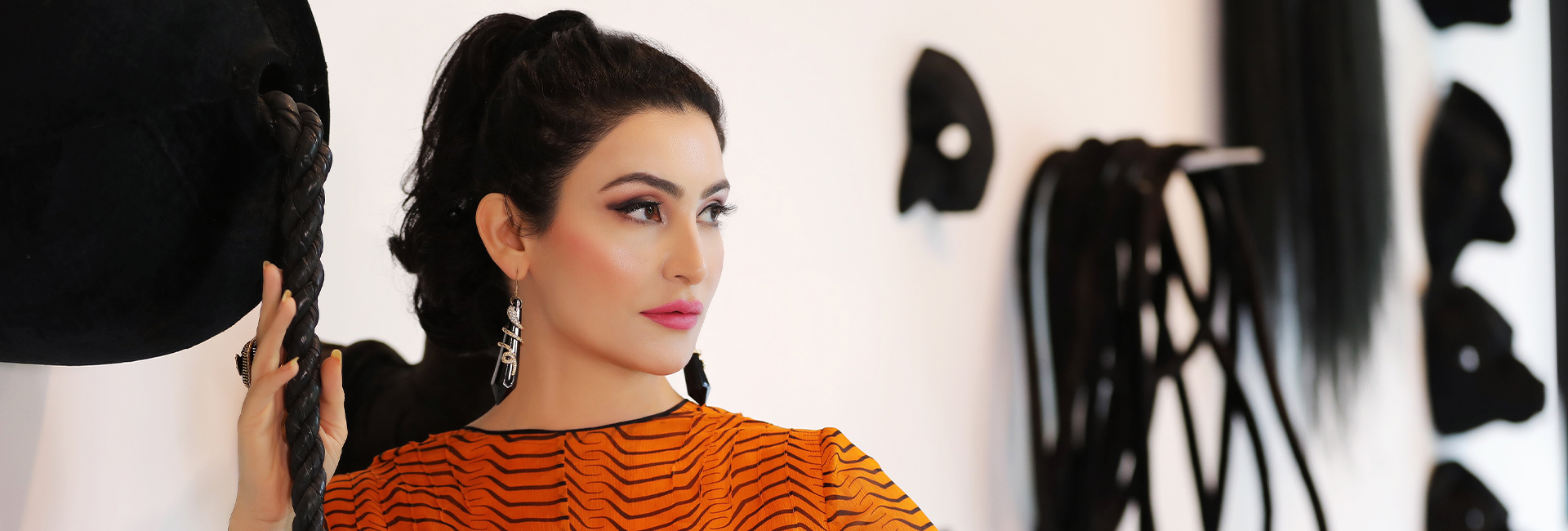
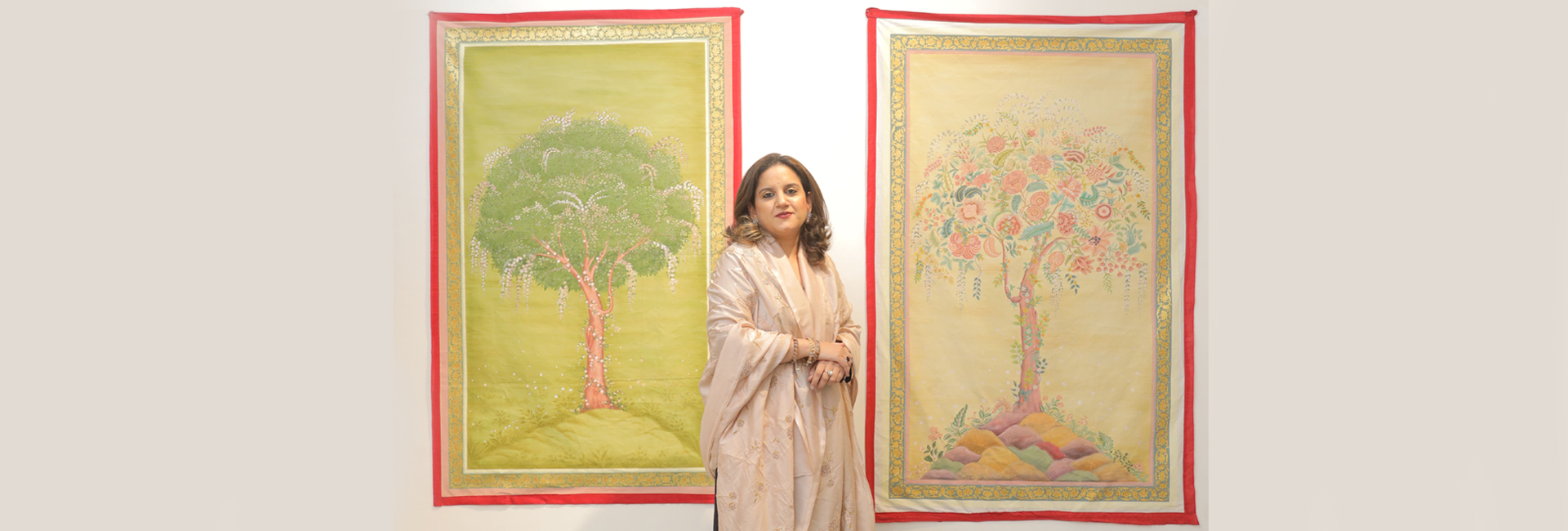
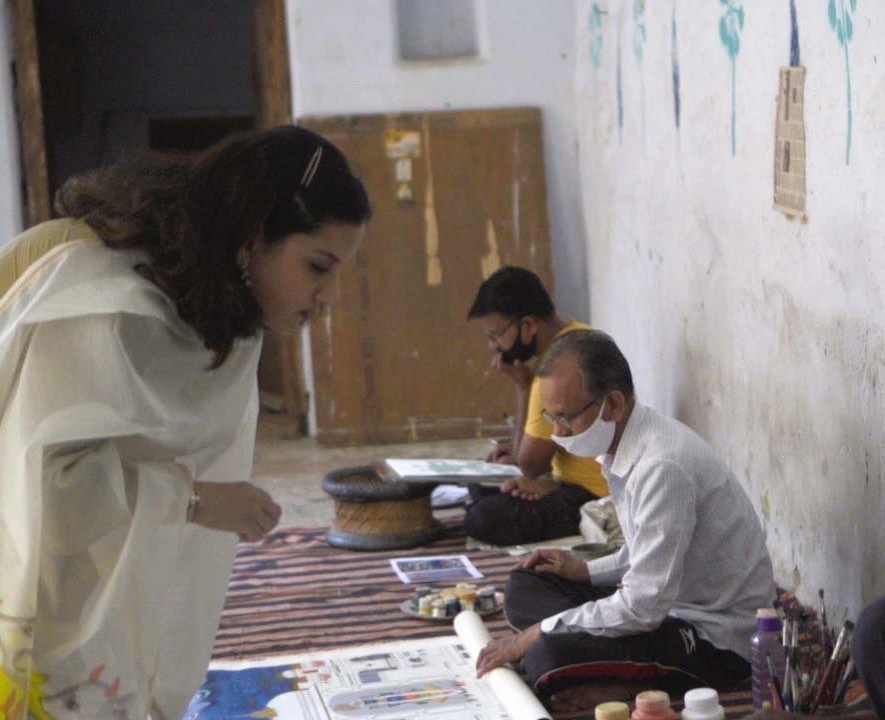
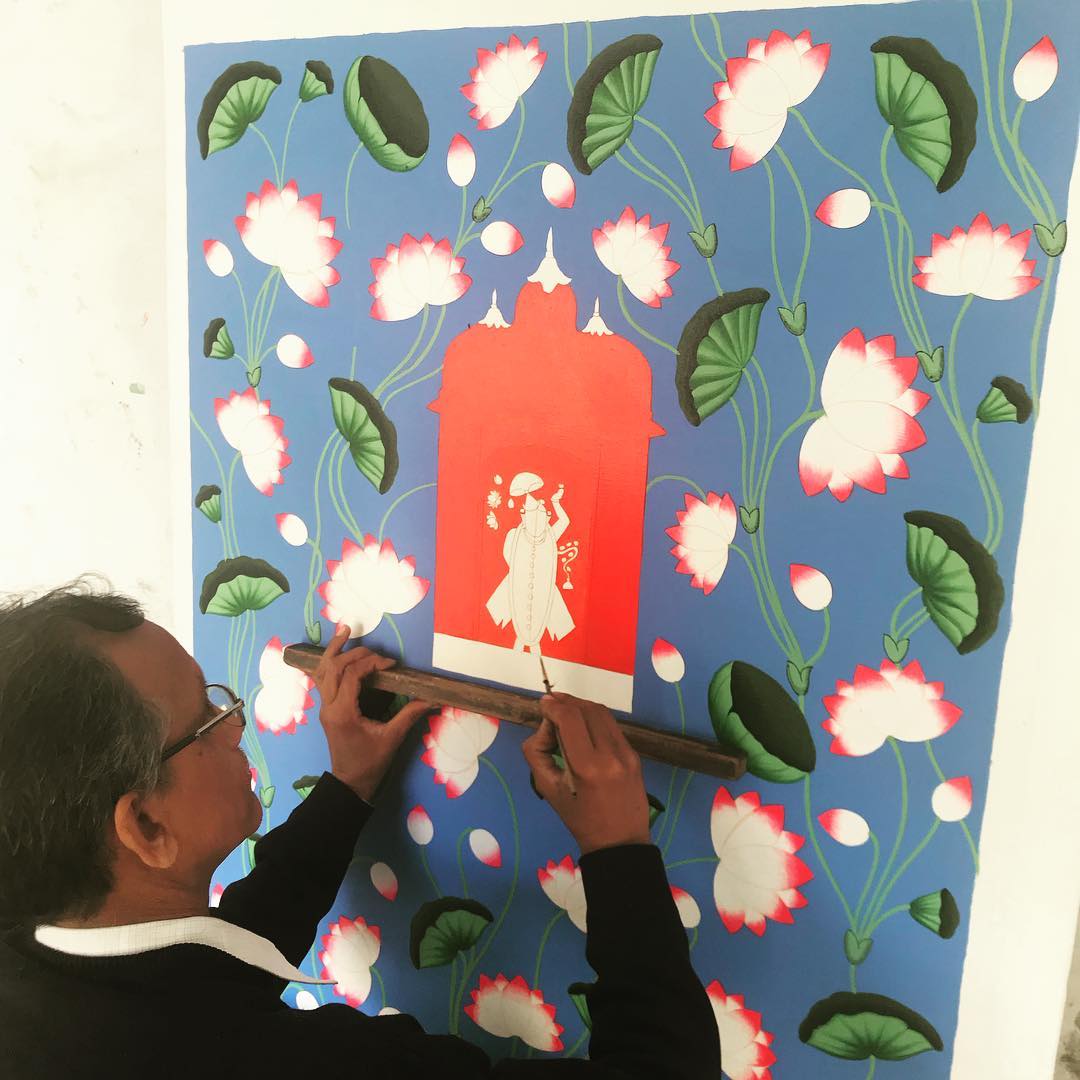 Artisans at Studio Kishangarh use miniature paintings and Picchwai techniques in a modern way[/caption]
Artisans at Studio Kishangarh use miniature paintings and Picchwai techniques in a modern way[/caption]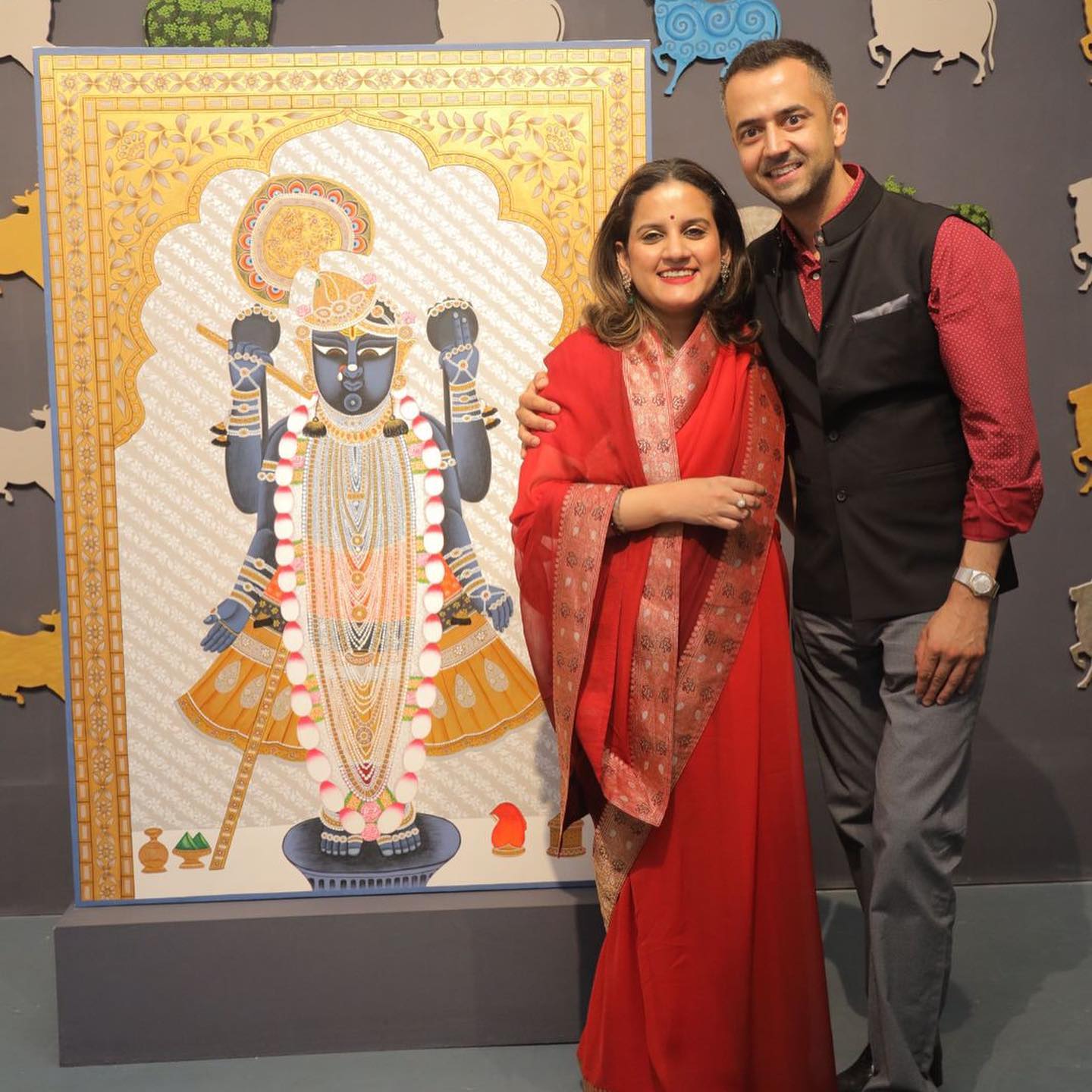 Princess Vaishnavi Kumari of Kishangarh and Kumar Saaheb Padmanabh Jadeja of Gondal[/caption]
Princess Vaishnavi Kumari of Kishangarh and Kumar Saaheb Padmanabh Jadeja of Gondal[/caption]
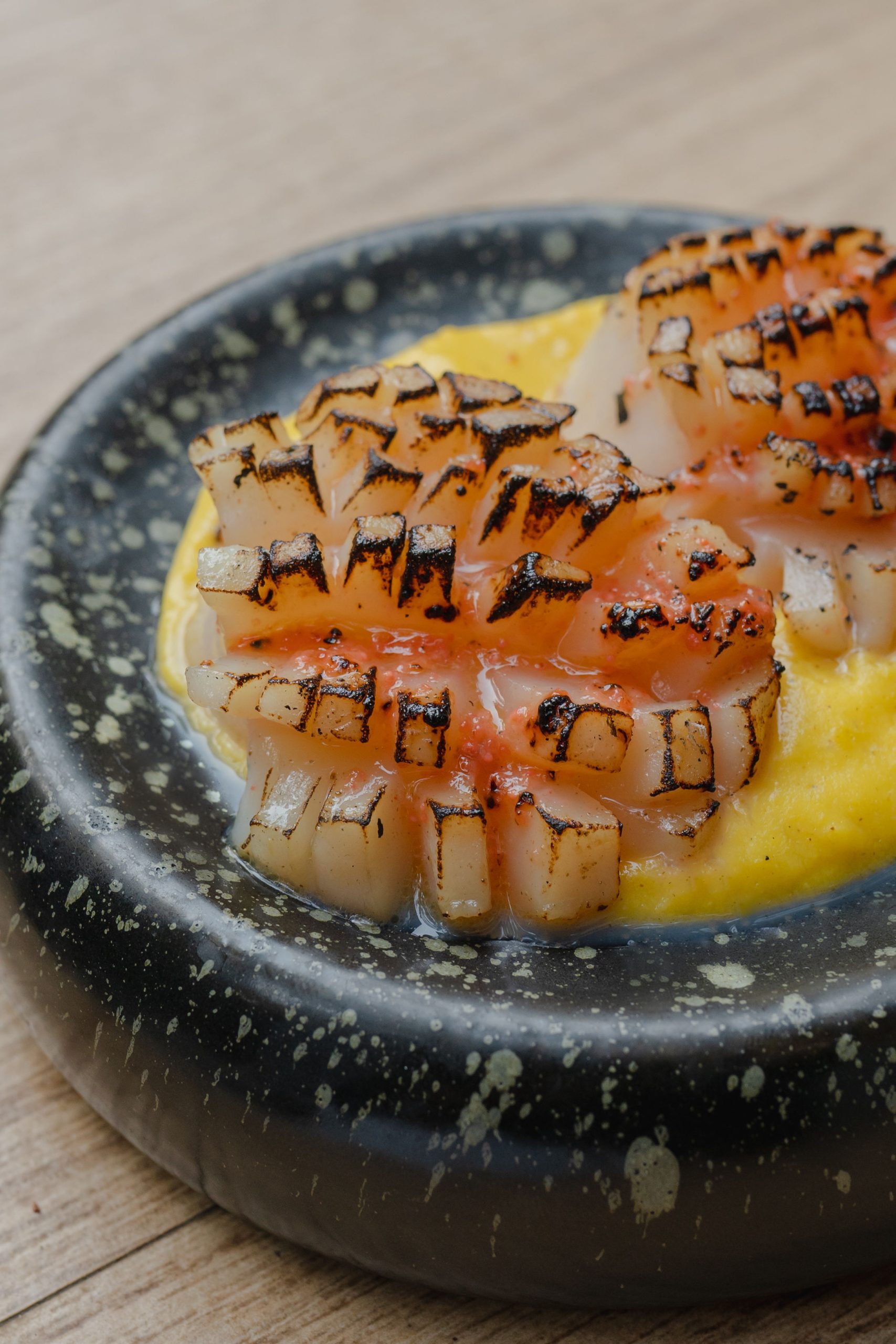 Hokkaido Grilled Scallops with Mentaiako[/caption]
Hokkaido Grilled Scallops with Mentaiako[/caption] Ramen Saporro[/caption]
Ramen Saporro[/caption] Mizu Negroni[/caption]
Mizu Negroni[/caption]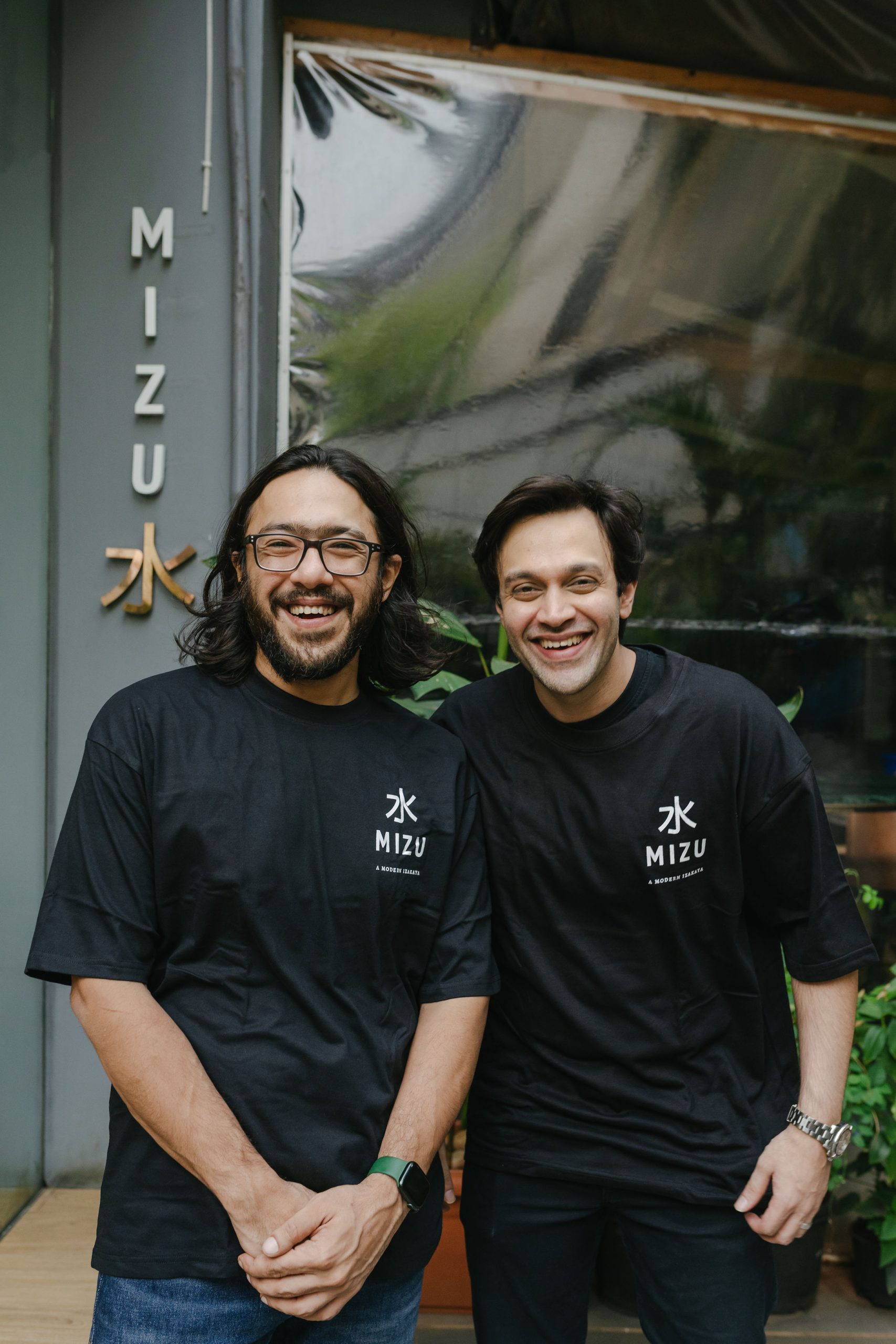 Chef Lakhan with his friend and partner, Vedant Mallik[/caption]
Chef Lakhan with his friend and partner, Vedant Mallik[/caption]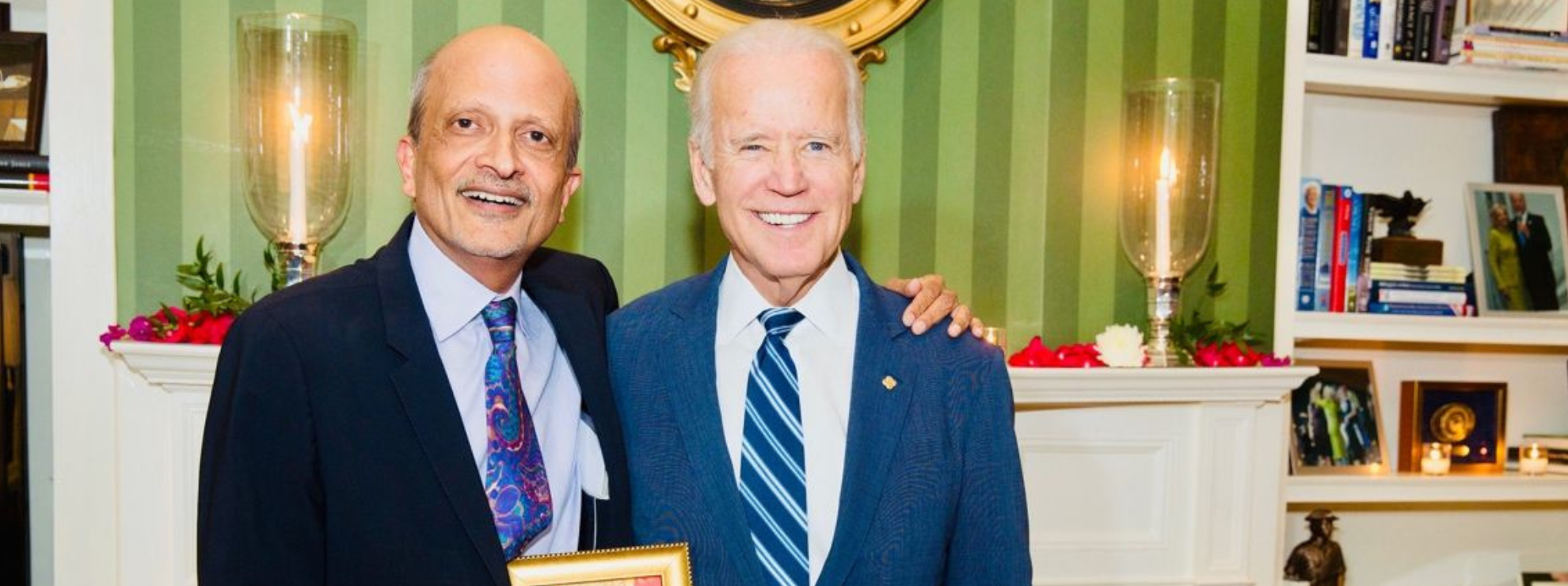
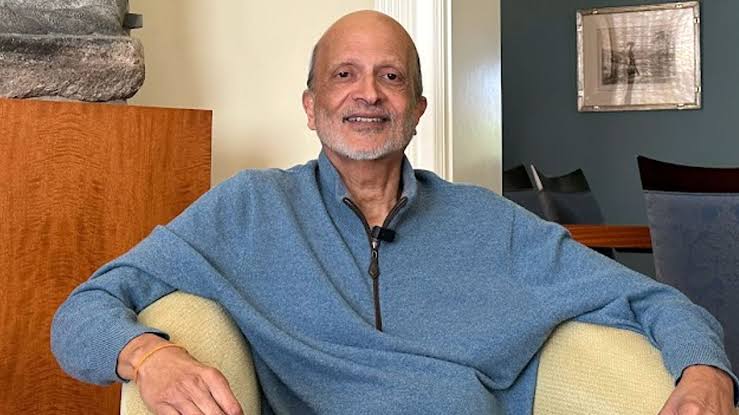
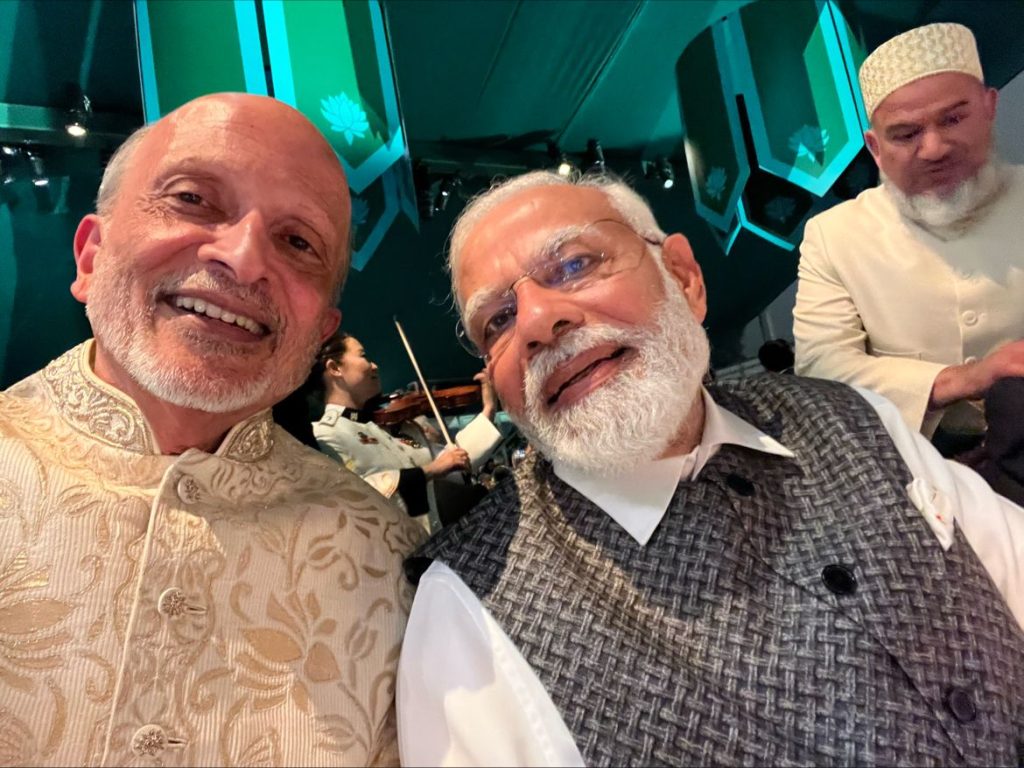 MR Rangaswami with PM Narendra Modi[/caption]
MR Rangaswami with PM Narendra Modi[/caption] MR Rangaswami and Sri Sri Ravishankar[/caption]
MR Rangaswami and Sri Sri Ravishankar[/caption]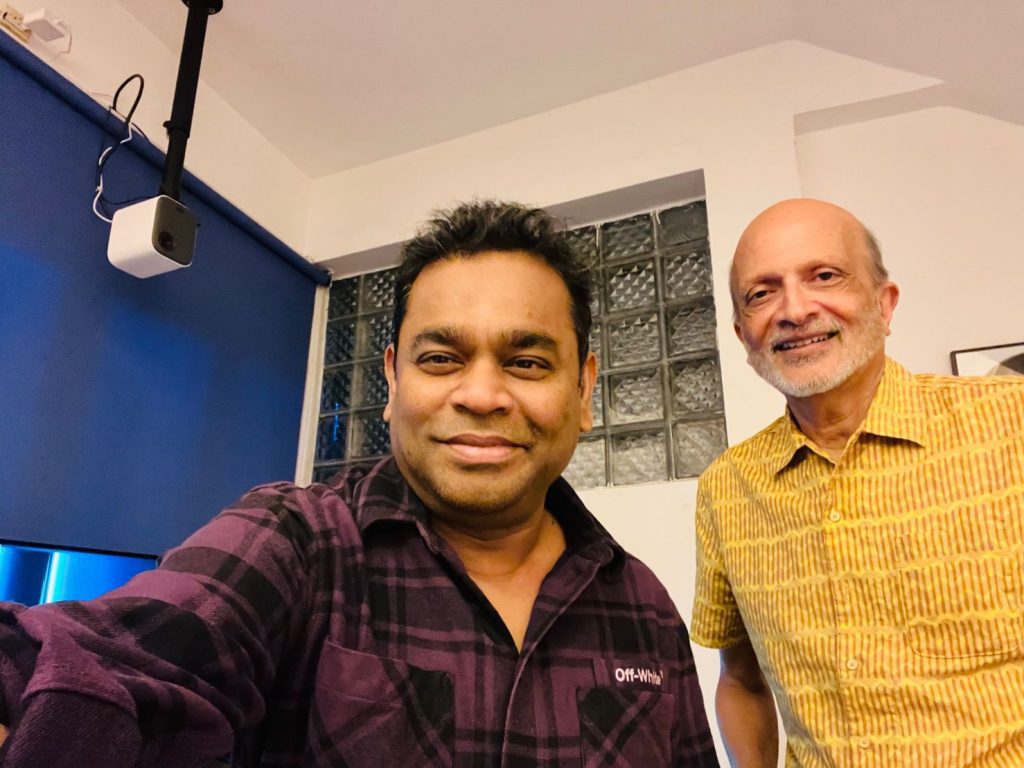

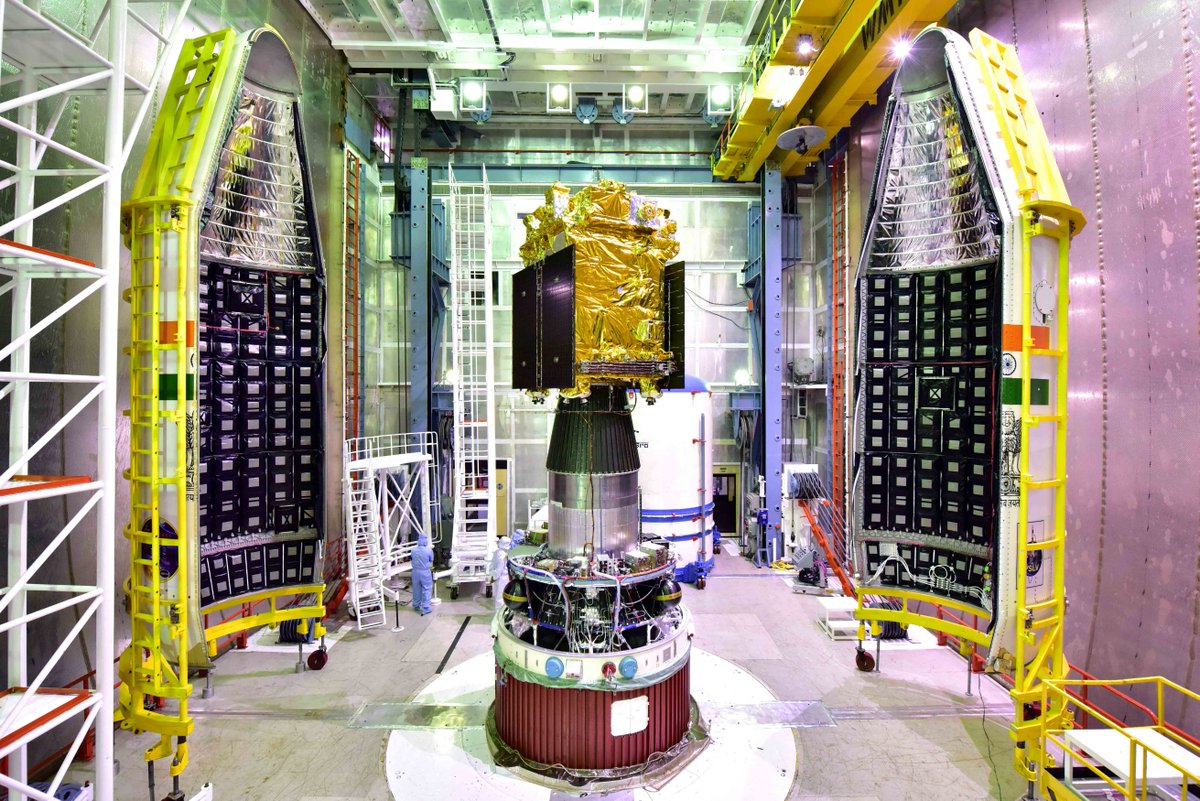 The Aditya-L1 spacecraft[/caption]
The Aditya-L1 spacecraft[/caption] The spacecraft will dwell at a point called L1, located about 1.5 million kilometers away from Earth[/caption]
The spacecraft will dwell at a point called L1, located about 1.5 million kilometers away from Earth[/caption]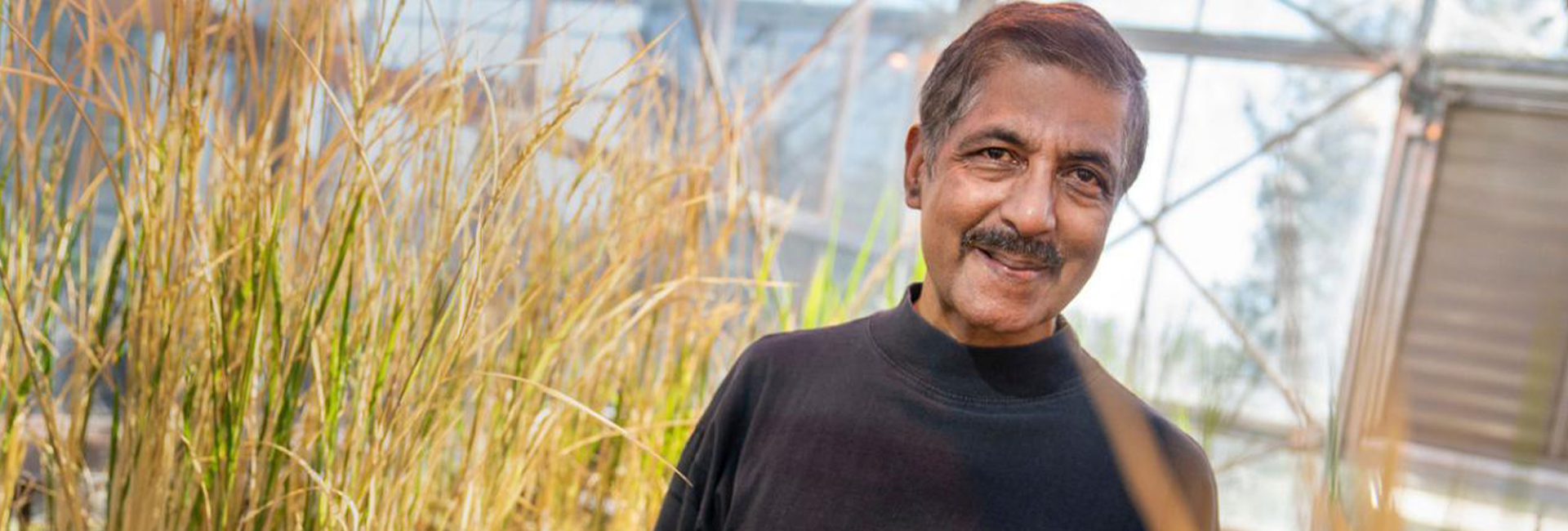
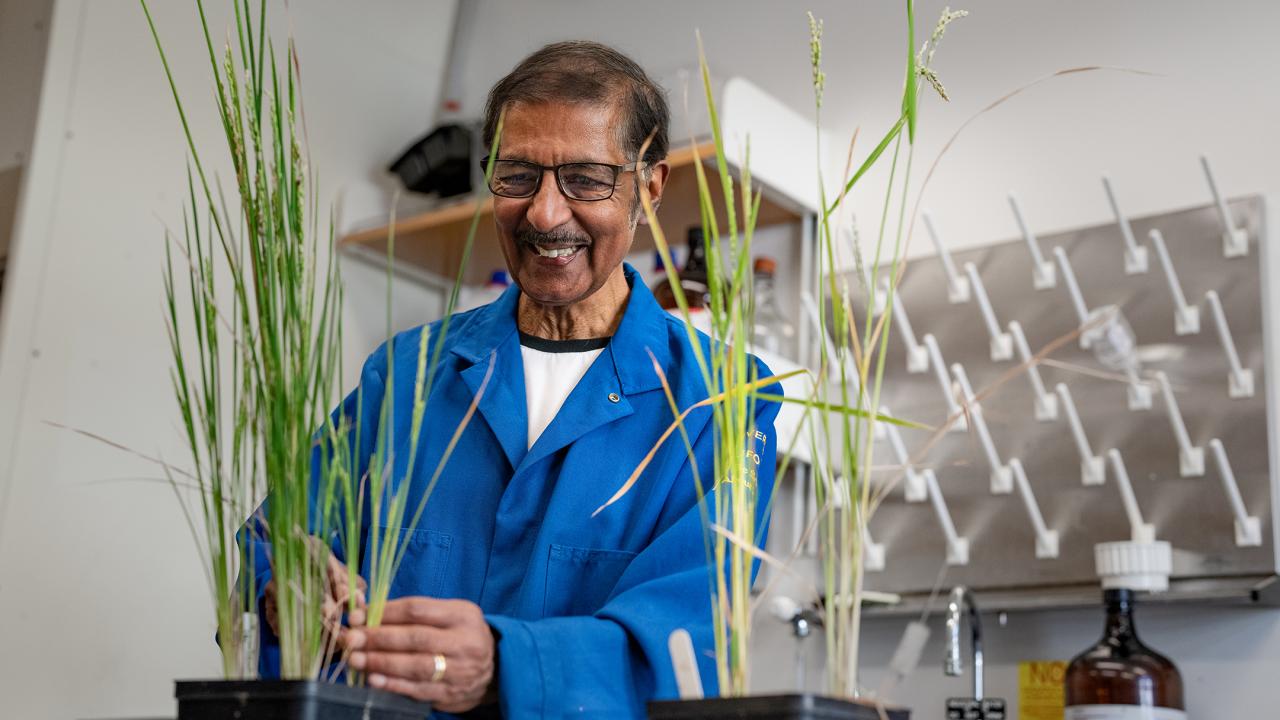 Dr Venkatesan Sundaresan in his lab | Image Credit: UC Davis[/caption]
Dr Venkatesan Sundaresan in his lab | Image Credit: UC Davis[/caption]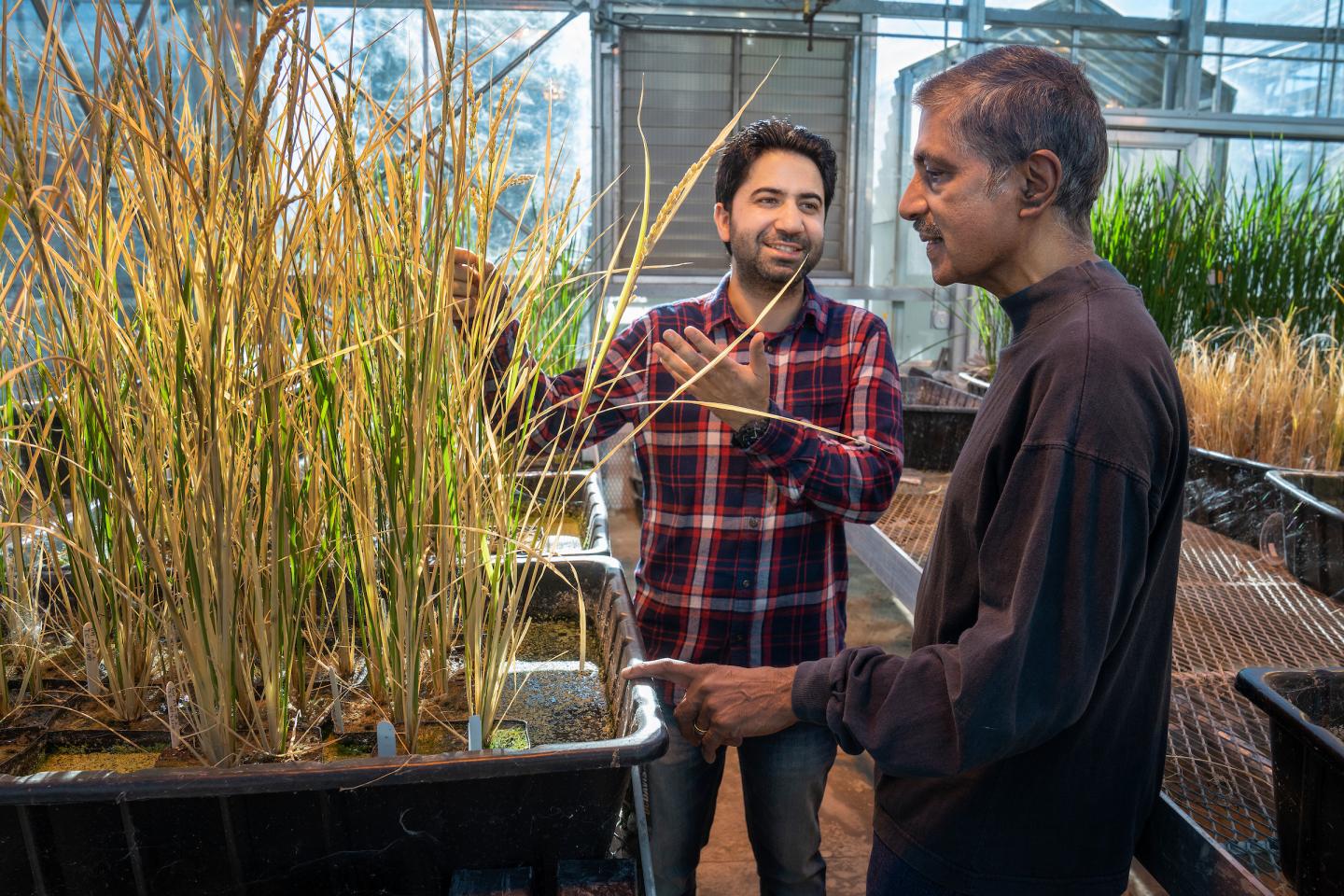
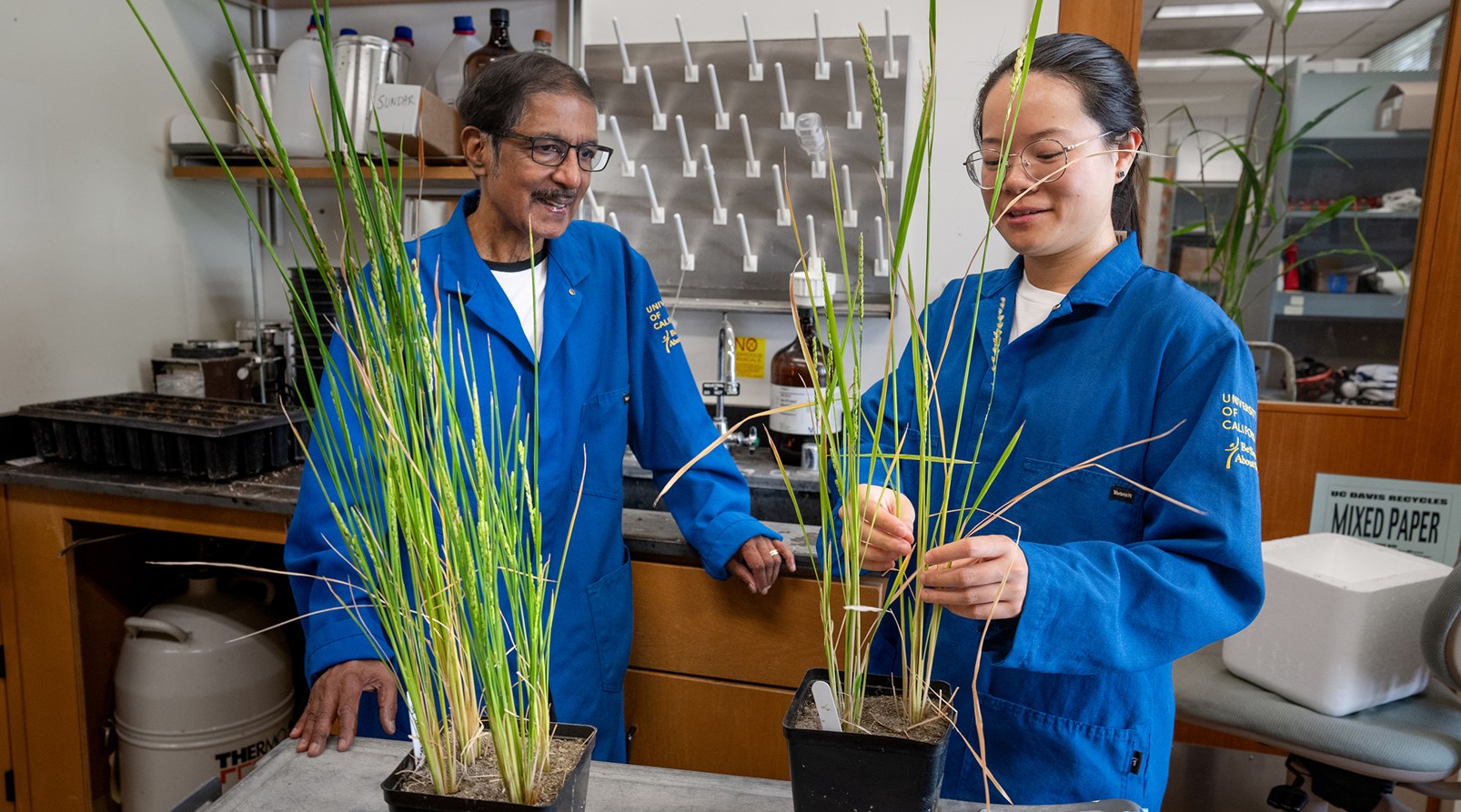 Dr Venkatesan Sundaresan with one of his research team members, Hui Ren | Image Credit: UC Davis[/caption]
Dr Venkatesan Sundaresan with one of his research team members, Hui Ren | Image Credit: UC Davis[/caption]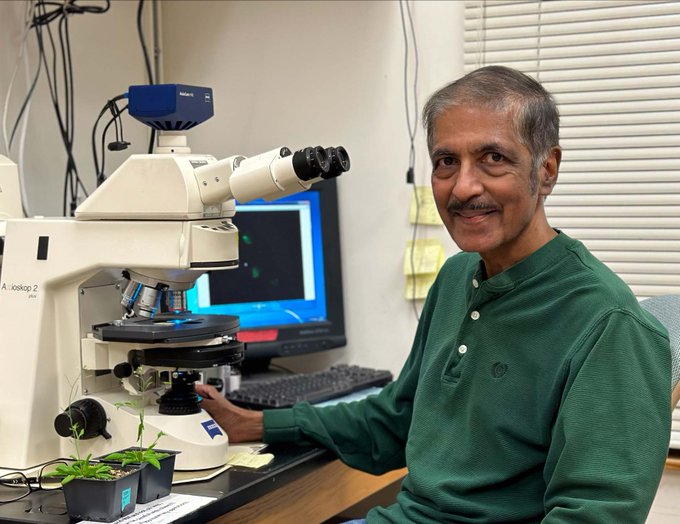 Dr Venkatesan Sundaresan[/caption]
Dr Venkatesan Sundaresan[/caption]